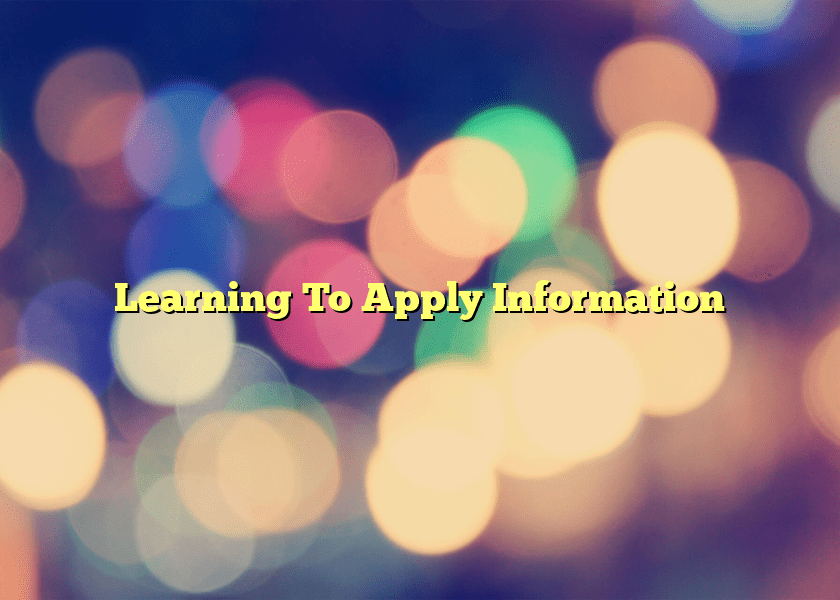Learning To Apply Information
There are many definitions of intelligence, but the one I have learned in high school claimed that intelligence in nature is the ability of an animal or a human to use the information they have learned.
I have also read about the idea that there are several levels of learning. The lowest level of learning, is just memorizing the material and being able to “regurgitate” it in the same term it was presented, and the highest levels of learning are the learning styles that use the material in other contexts, and the learning style that builds on top of the material learned.
For example, when you teach your child about addition, and he immediately understands the concept of subtraction. Or if you teach your child about the structure of the dinosaurs teeth in relation to their food, and your child looks at your pet and tries to guess the structure of their teeth, based on their food.
Well – you don’t need to wait for your child to develop that level of learning by himself. You can develop this habit and way of thinking on purpose. Here are some examples:
If you have a baby, and you are looking for books to read to your baby or to read with your baby, choose for several books with related subjects. For example, if you have a book that tells a story about an animal ( a bear, a duck, whatever animals often appear in children’s books), prepare another book that gives different information about the same animal. The child will associate the information in one book to the information in the other book.
For school age children: if you are helping your child with math, always find a use for the concept you are learning. For example: addition. Tell a story that demonstrates the use of addition: for example: “John went to the store to buy candy. He bought one bar of Snickers that cost him 1 dollar and 1 bag of Chocolate Kisses that cost 2 dollars. How much did he spend?
If you help your child with history, and the discussion is about a certain place, pull out a map and show him exactly where the place is, and learn something about the geography of this particular place.
You don’t have to wait for your child to do some school activity. Whenever you discuss something, or observe something that calls your attention, when you come home find a piece of information about that subject in the encyclopedia, to read about. For example, you have taken your child to visit a friend, and you have heard that one of the friend’s parents is a lawyer. When you come home, find a story about a famous lawyer, or some other bit of information about lawyers. Remind your child that the friend’s parent is a lawyer, just like in the story.
In this way, you are developing in your child the habit of looking for a way to apply the information they acquire. To look for the association between different bits of information. To relate their knowledge to other fields and subjects. This is true intelligence.
